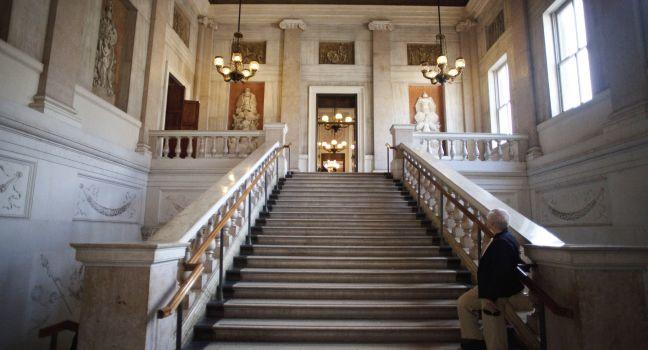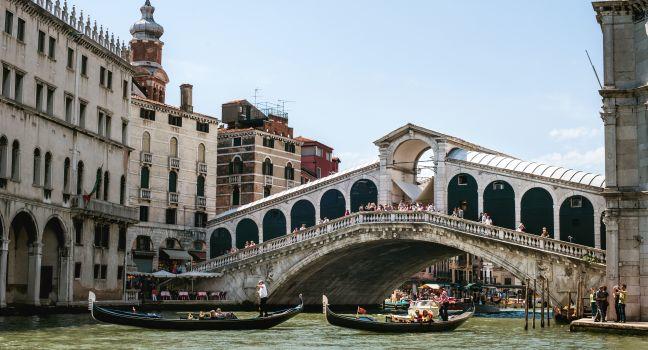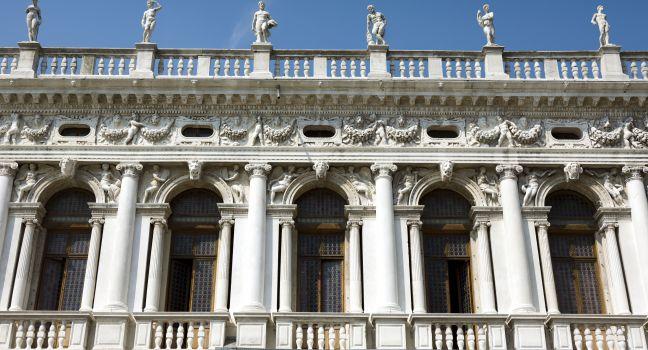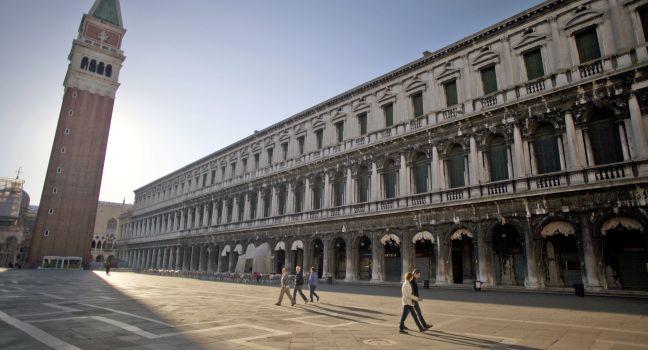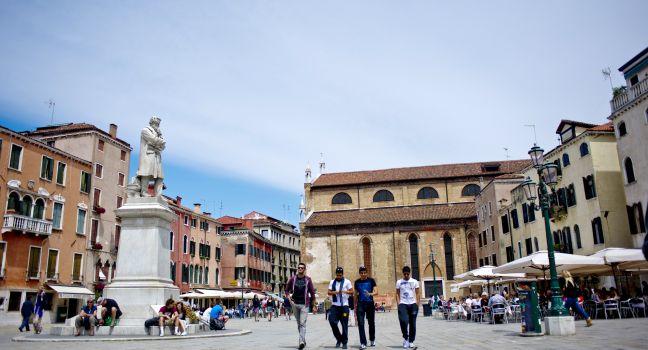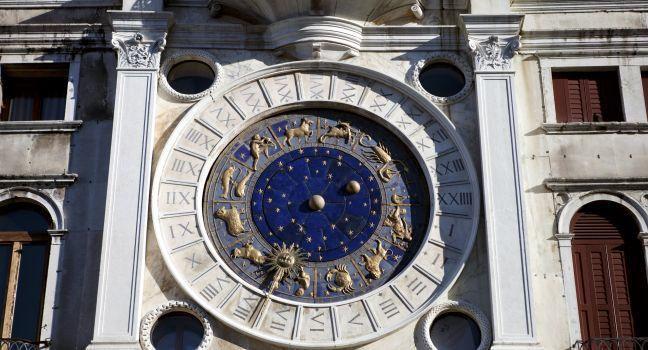Basilica di San Marco
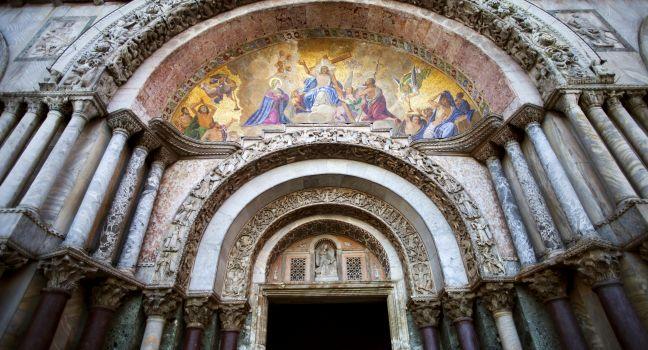
The Basilica di San Marco is not only the religious center of a great city, but also an expression of the political, intellectual, and economic aspiration and accomplishments of a place that, for centuries, was at the forefront of European culture. It is a monument not just to the glory of God, but also to the glory of Venice. The basilica was the doges' personal chapel, linking its religious function to the political life of the city, and was endowed with all the riches the Republic's admirals and merchants could carry off from the Orient (as the Byzantine Empire was then known), earning it the nickname “Chiesa d'Oro” (Golden Church). When the present church was begun in the 11th century, rare colored marbles and gold-leaf mosaics were used in its decoration. The 12th and 13th centuries were a period of intense military expansion, and by the early 13th century, the facades began to bear testimony to Venice's conquests, including gilt-bronze ancient Roman horses taken from Constantinople in 1204.
The glory of the basilica is, of course, its medieval mosaic work; about 30% of the mosaics survive in something close to their original form. The earliest date from the late 12th century, but the great majority date from the 13th century. The taking of Constantinople in 1204 was a deciding moment for the mosaic decoration of the basilica. Large amounts of mosaic material were brought in, and a Venetian school of mosaic decoration began to develop. Moreover, a 4th- or 5th-century treasure—the Cotton Genesis, the earliest illustrated Bible—was brought from Constantinople and supplied the designs for the exquisite mosaics of the Creation and the stories of Abraham, Joseph, and Moses that adorn the narthex (entrance hall). They are among the most beautiful and best preserved in all the basilica.
Remember that this is a sacred place: guards may deny admission to people in shorts, sleeveless dresses, and tank tops.


